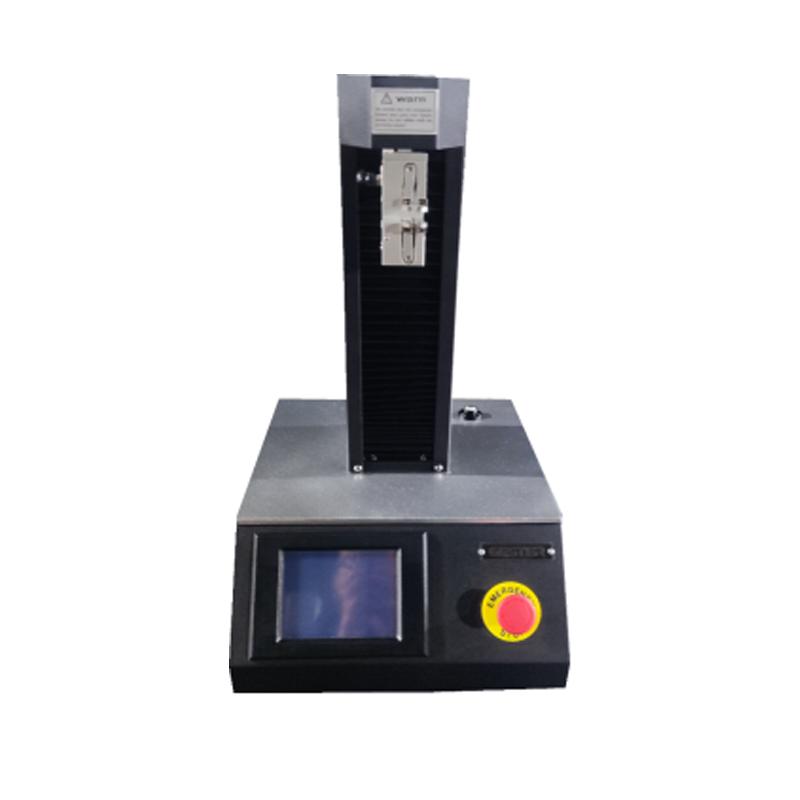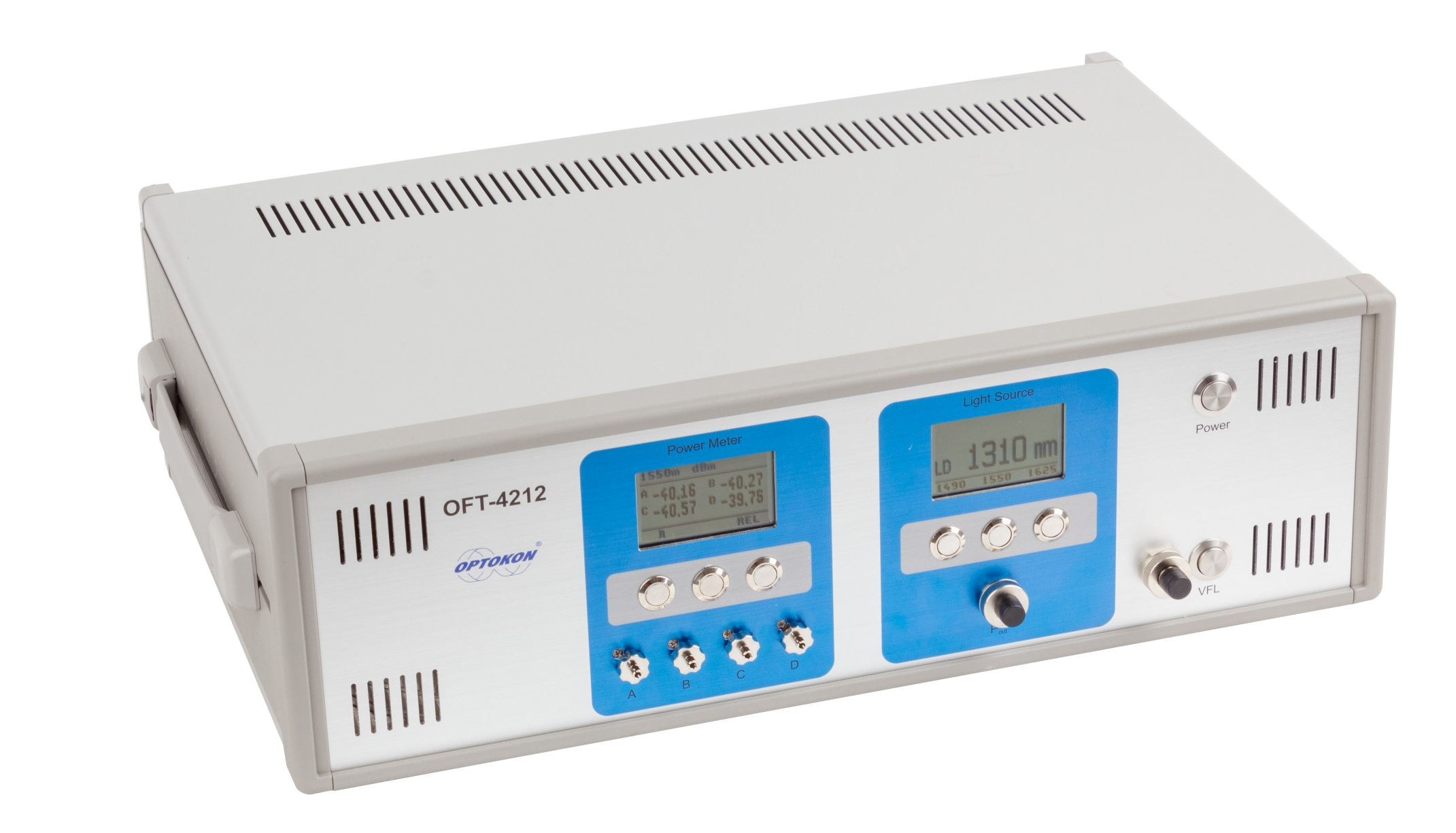Important features to look for when choosing fibre testing equipment
Wiki Article
All You Required to Find Out About Robotic Vision and Its Applications in Advanced Optical Dimension Systems
Robotic vision represents a significant advancement in the crossway of computer vision, expert system, and device learning. This innovation improves the precision of optical measurement systems, enabling real-time data evaluation and enhanced quality assurance. Its effect spans multiple sectors, from manufacturing to medical care. However, the progressing landscape of robotic vision raises concerns regarding future abilities and applications (robotic vision). What innovations lie ahead in this transformative field?Understanding Robotic Vision: Trick Concepts and Technologies
Robotic vision incorporates the innovations and methodologies that enable devices to translate and comprehend aesthetic details from their setting. This field combines components of computer vision, man-made intelligence, and machine discovering to promote automated decision-making based upon aesthetic information. Trick concepts consist of image handling, which entails the improvement and analysis of pictures to draw out meaningful functions, and item recognition, which enables makers to determine and identify items within a scene.
The Combination of Robotic Vision With Optical Dimension Equipments
As markets progressively require accuracy and performance, the integration of robot vision with optical dimension systems has become a transformative method. This synergy permits robotics to perceive and interpret their environments, improving the ability of optical dimension systems to analyze and examine things with unmatched accuracy. By equipping optical sensing units with innovative imaging modern technologies, robotic vision enables real-time data collection and handling, facilitating immediate modifications to measurement specifications.The mix empowers automated systems to detect variations in measurements, surface top quality, and alignment, which are important in quality control procedures. Enhanced algorithms, such as artificial intelligence, additional increase this assimilation by boosting the systems' capability to adjust to various environments and scenarios. The combination not only improves dimension processes however likewise lessens errors, ensuring that items fulfill strict market criteria, thus strengthening the duty of robotic vision in the future of optical measurement systems.
Applications of Robotic Vision in Production
In modern-day manufacturing atmospheres, making use of vision systems has reinvented production processes by allowing equipments to perform tasks with remarkable accuracy and rate. Robotic vision systems are significantly utilized for top quality control, where they inspect items for defects and assurance adherence to specs. These systems make use of cameras and progressed formulas to examine products in real-time, substantially decreasing the danger of human mistake.In addition, robotic vision assists in automation in setting up lines, permitting robotics to accurately recognize parts and assemble them with marginal downtime. This innovation likewise improves inventory management, as vision systems can keep an eye on stock levels and find inconsistencies, ensuring a seamless supply chain.
Robotic vision aids in the implementation of clever factories, where data from vision systems can be integrated with other modern technologies to maximize process (robotic vision). On the whole, the applications of robotic vision in manufacturing show its essential duty in enhancing performance, quality, and productivity across different industries
Robotic Vision in Medical Care: Reinventing Patient Treatment

In rehabilitation, robot vision help in keeping an eye on person progression and tailoring treatment sessions to specific demands. It sustains clinical professionals by automating tasks such as data collection and individual surveillance, permitting even more time to concentrate on direct patient communication. Additionally, robot vision boosts telemedicine by making it possible for remote diagnosis and online appointments, linking the gap in between individuals and doctor. Generally, the More Bonuses application of robotic vision in healthcare is revolutionizing individual care, leading to enhanced outcomes, performance, and client satisfaction.
Future Trends and Developments in Robotic Vision Modern Technology
The quick evolution of robot vision modern technology promises to better improve its applications across various sectors, consisting of health care. Future trends suggest a substantial change towards including artificial intelligence and artificial intelligence, making it possible for systems to pick up from huge datasets and enhance accuracy gradually. Enhanced sensor modern technologies and deep understanding algorithms are expected to refine item acknowledgment capabilities, enabling robotics to translate complicated settings extra properly.
The assimilation of augmented truth (AR) with robot vision will likely transform exactly how robotics assist in medical treatments and diagnostics. This harmony will facilitate real-time data visualization, boosting decision-making procedures. Furthermore, miniaturization of elements will result in more compact and functional robotic vision systems appropriate for a variety of tasks. As these innovations check out here unravel, sectors will certainly witness increased automation and effectiveness, solidifying robotic vision as a keystone of innovative technological services.
Often Asked Inquiries
What Are the Key Components of a Robot Vision System?
The main parts of a robot vision system include cams for picture capture, cpus for information evaluation, algorithms for interpretation, and actuators for movement. Together, these elements make it possible for robots to view and communicate with their atmosphere successfully.Exactly How Does Robotic Vision Improve Precision in Measurements?
Robotic vision boosts measurement precision by utilizing innovative imaging technologies, enabling accurate item discovery and spatial analysis. This capacity minimizes human error, increases repeatability, and permits real-time changes, inevitably improving overall measurement integrity and performance.What Industries Benefit The Majority Of From Robotic Vision Technology?
Numerous markets benefit significantly from robotic vision innovation, including manufacturing, health care, agriculture, and logistics. These industries utilize improved precision, performance, and automation, leading to improved performance and decreased functional expenses in their particular procedures.Can Robotic Vision Solutions Job in Low-Light Conditions?
Robotic vision systems can certainly function in low-light conditions, making use of advanced sensing units and algorithms to boost picture clarity. This capability enables them to carry out effectively in different environments, including industrial and monitoring applications, even with marginal illumination.What Are the Costs Linked With Carrying Out Robotic Vision?
The prices connected with applying robotic vision differ substantially, affected by elements such as cameras, software application, and assimilation. Added costs consist of upkeep, training employees, and possible upgrades to existing systems, which can build up with time.Report this wiki page